Henna for Hair Dye: A Natural, Effective, and Beautiful Choice
For years in my post-teenage phase, I was dyeing my hair burgundy red. The bold color gave me a sense of confidence and style, but I always struggled with the toll it took on my hair. Over time, I noticed more breakage, dullness, and even some premature greying after I stopped using chemical dyes. It felt like my hair was paying the price for my beauty choices.
It took two years to grow out the chemical dye and restore my natural hair color. By then, I’d become wary of putting anything harsh on my hair. That’s when I discovered henna for hair dye, a plant-based, chemical-free solution that not only colors your hair but also strengthens and conditions it. If you’re looking for a safe, natural way to achieve gorgeous hair color, dye hair henna might be the answer you’ve been searching for.
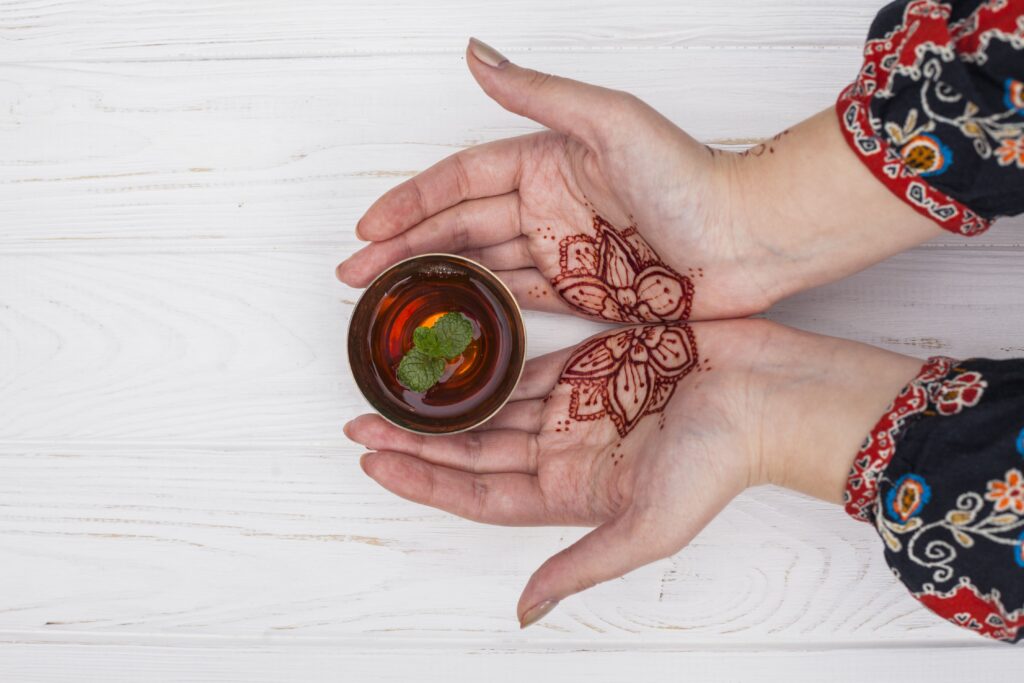
What Is Henna And How Is It Used In The Present Days?
Henna is derived from the leaves of the Lawsonia inermis plant, which grows in tropical climates. When the leaves are dried and ground into a powder, they create a natural dye that has been used for centuries to color hair, skin, and fabrics. In the beauty world, henna for hair dye is celebrated for its ability to provide rich, vibrant tones while nourishing the hair.
Apart from the beauty industry, henna is also used in different cultures as part of traditions and rituals. It is used during special occasions, such as weddings and birthdays, as it is a symbol for prosperity, good health, fertility and love. In the past, it was also used in the mummification process.
What sets henna apart from conventional dyes is its natural composition. Free from ammonia, parabens, and other harsh chemicals, it’s a safe option for people with sensitive skin or those who want to minimize their exposure to toxins. Plus, henna dyed hair is known for its long-lasting color that fades gradually and beautifully without leaving behind harsh lines or patchiness.
Another key advantage is versatility. While pure henna gives a reddish hue, it can be mixed with other natural ingredients to create a wide range of colors, from warm auburns to deep browns and even black. For anyone considering hair coloring with henna, the customization possibilities are endless.
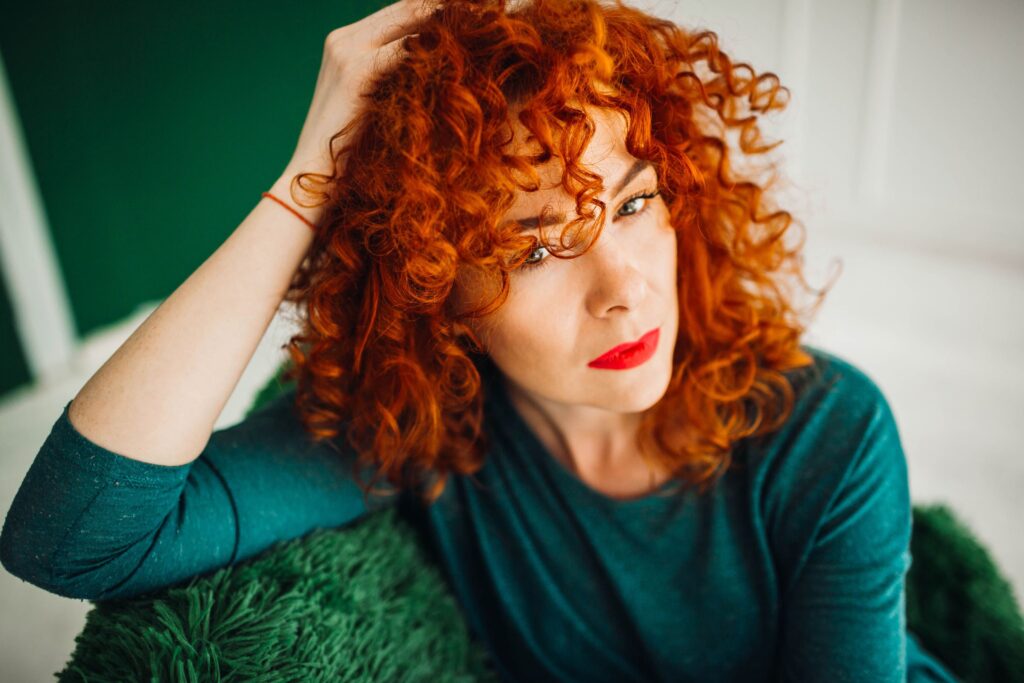
What Are The Benefits of Having a Henna Dyed Hair?
Switching to henna for hair dye has transformed not just the way my hair looks but also how it feels. The main difference is the fact that when applying such a natural and non-toxic solution doesn't damage the hair and also feels great on the hair scalp. It leaves the hair soft and with a rich, dense color. Among the key benefits I’ve noticed are that the hair gets much stronger - what used to come out as a handful of hair after every wash, is now limited to just a few hairs. This is due to the fact that henna binds to the keratin in your hair, making it stronger and less prone to breakage.
Next to that, my hair became shinier - when under sunlight, you can really see the glare it has. I used to be able to achieve this effect when I was regularly doing coconut oil masks before hair wash, but since I have stopped I kind of lost that shine. With henna, it magically reappeared and I couldn't be happier.
Last but not least, if you’ve ever experienced itching or irritation from chemical dyes, you’ll appreciate how soothing henna is. I used to have itchy scalp up to few days after washing my hair, and now when I think about it, it could have been also a reason for some of the hair loss I experienced. Since I'm using henna as a natural hair dye, that problem is also gone and I can enjoy a thick, shiny hair without any itching.
For anyone on the fence about trying henna dyed hair, these benefits make a compelling case. It’s not just a color treatment - it’s a complete haircare solution, that I'm sure you won't regret trying!
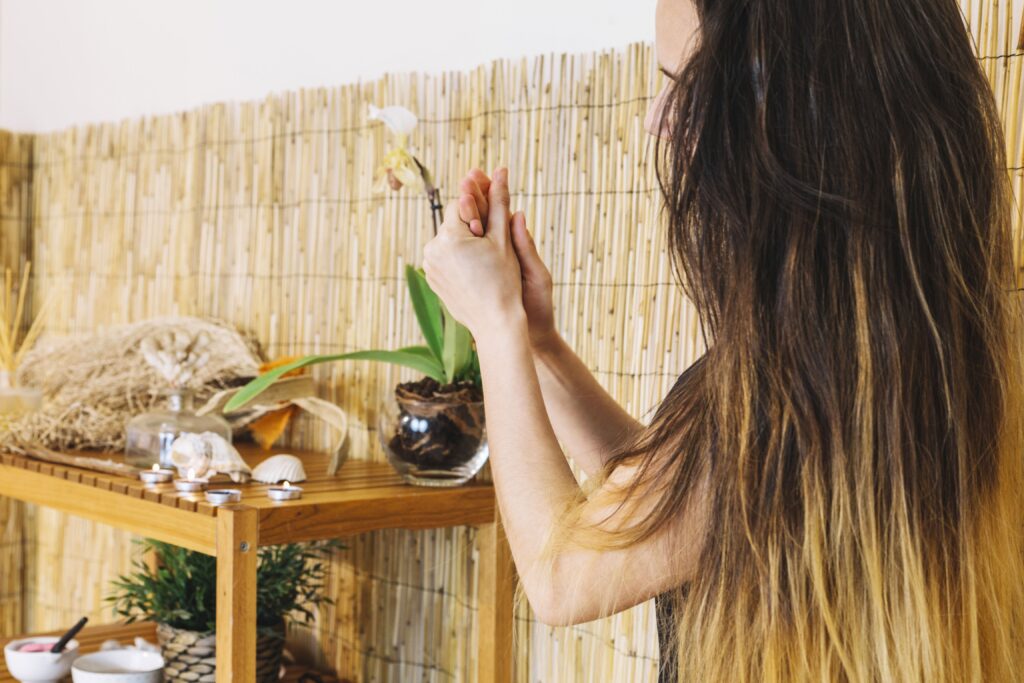
Why Did I Choose Henna Hair Dye for Grey Hair?
After years of damaging my hair with chemical dyes, overheating and exposing to stressful situations, I longed for something healthier. As a person who also has low iron, my hair has always been too good to be true, until a year ago when I really started seeing premature greying and hair loss after every hair wash. When I started noticing premature grey strands, I knew it was time to find a gentler solution. The idea of using henna for hair dye felt like a breath of fresh air. Not only is it natural, but it also promised to nourish my hair while providing beautiful color.
I was particularly drawn to the idea of using henna to achieve a rich brown tone. While I initially worried about ending up with an overly orange hue, I learned that mixing henna with indigo powder creates stunning shades of brown. By adjusting the proportions, I could customize my hair color to match my natural tone perfectly.
What’s more, dyeing my hair with henna aligned with my broader goals of living a more sustainable, eco-friendly lifestyle. Choosing a plant-based product felt like a step in the right direction for both my hair and the planet.
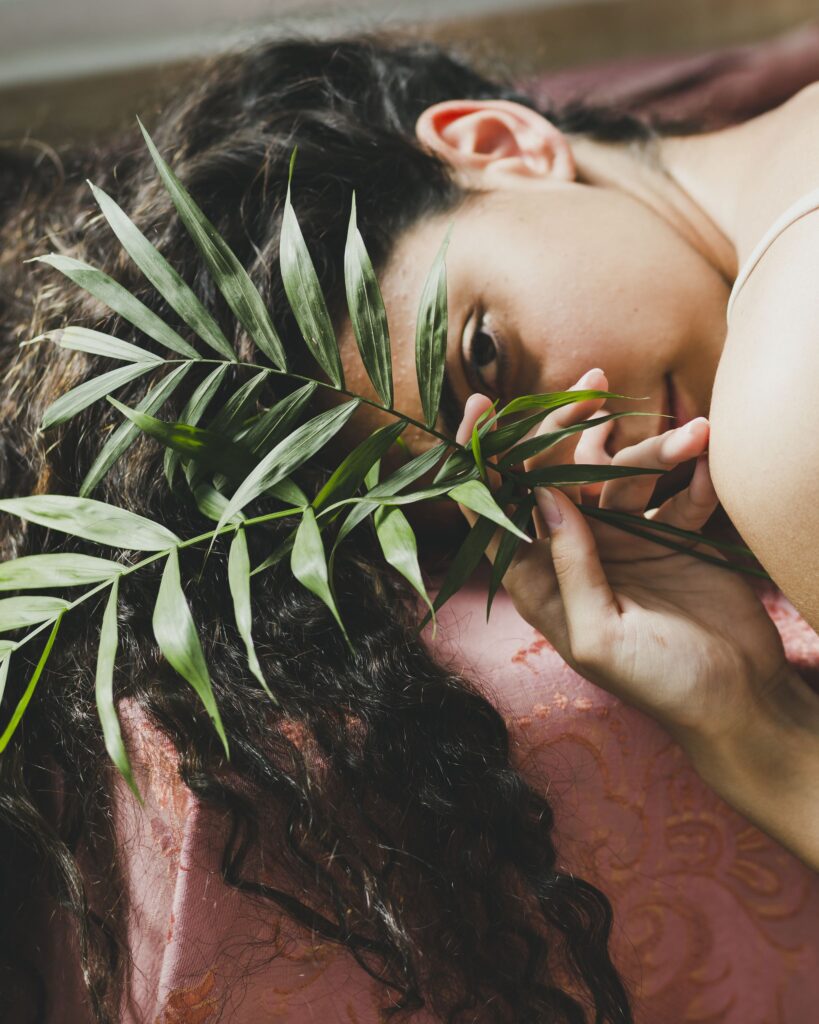
How to Prepare Henna for Hair Dyeing?
One of the most exciting aspects of using henna for hair dye is the preparation process. While it might seem intimidating at first, it becomes a relaxing ritual once you get the hang of it.
First, choose high-quality, pure henna from a reputable brand. Check the label to ensure it doesn’t contain metallic salts or synthetic additives. It is worth to do some research first in order to make sure it has been obtained and sources sustainably before getting to the market. Then, you need to combine the henna powder with an acidic liquid, such as lemon juice, orange juice, or apple cider vinegar. This helps release the dye. For a creamier texture, you can add a little yogurt or coconut milk. The goal here is to create a paste-like mixture, so experiment with the amounts of liquids and powder, or follow the instructions on the henna package.
Cover the mixture and let it sit for 6 - 8 hours. This step is crucial for dye release. Don't rush the process, because you might have to go through it again and it just becomes longer and more frustrating. I like to prepare my henna for hair dye before going to bed. Thus, it can stay overnight and get that dense color ready to apply first thing in the morning.
At that time, you need to prepare your hair for the henna application. Wash your hair with a gentle, sulfate-free shampoo to remove any oils or buildup. Avoid conditioner, as it can prevent the henna from binding to your hair. Some people tend to omit this step and I used to do this when I was chemically dyeing my hair, as I had heard that the oils and buildup actually prevent your hair from the chemicals in the dyes. However, with a natural henna solution, this is no longer necessary, and it helps to have your hair washed for long-term results.
The next step is to section your hair and apply the paste from root to tip, ensuring every strand is coated. Wear gloves to avoid staining your hands, and prepare a towel on top of your shoulders, so your clothes don't get colored as well. Wrap your hair in plastic wrap or a shower cap, then cover it with a towel to keep it warm.
Leave the henna on for 4 - 6 hours, depending on the depth of color you want. I tend to keep it on when doing chores around the house, or working from home, so I don't pay too much attention to it. Just don't go to bed with it - you might be surprised by the color of your pillow afterwards otherwise.
After the waiting time is over, use lukewarm water to rinse out the henna. Avoid shampooing for 48 hours to allow the color to deepen. I tend to wash it for the first time after 3-4 days, as my hair is not too oily most of the time. Also, just in case - put a towel you don't care about on your pillowcase. I've had one too many ruined pillowcases in order to skip this part.
This process might take more time than using a box dye, but the results are worth it. Plus, the act of mixing and applying henna can feel wonderfully therapeutic.
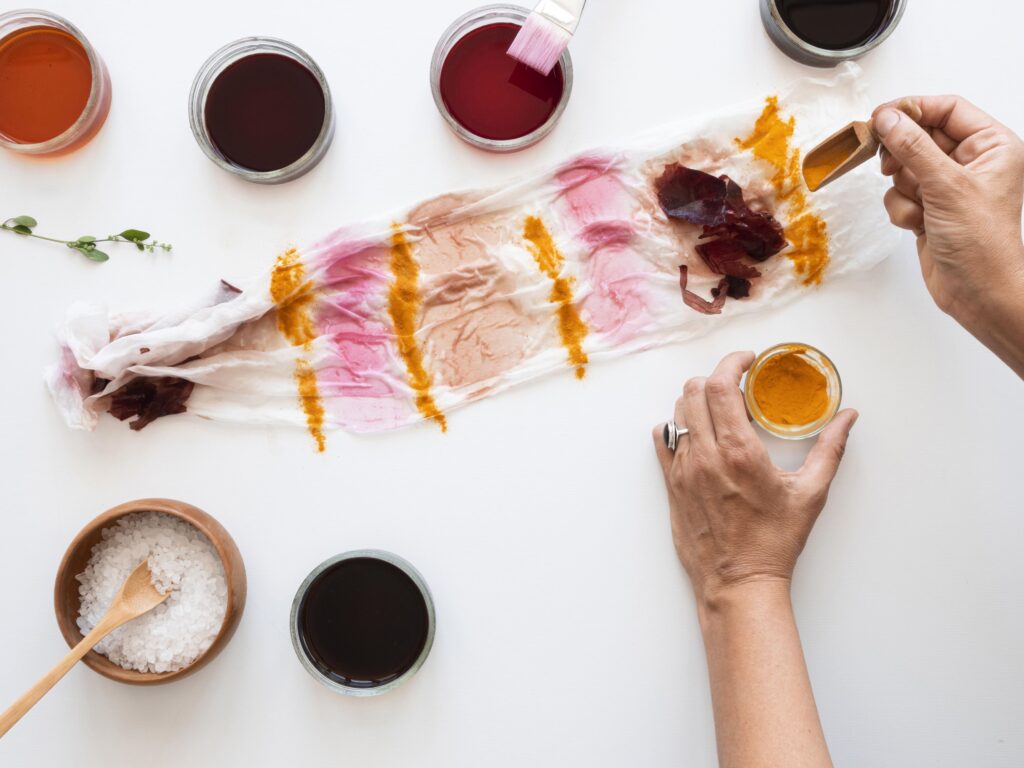
Tips for Achieving the Perfect Henna Dyed Hair
If you’re new to dye hair henna, a few simple tips can make a big difference in your results. Firstly, always test your mixture on a small section of hair before applying it to your entire head. This helps you gauge the color and avoid surprises. I also try out the paste first on my wrist, and then proceed to test it on a small part of hair. This is recommended any time you use a new skincare or haircare product, regardless of whether it is chemical or natural, as you might have an allergy reaction to natural products without even knowing.
To achieve different shades, try mixing henna with other natural powders like indigo, amla, or cassia. Coffee or black tea can also deepen the color. I have tried a combination of henna and black tea, which had a dark dense color when applied. Use a powder or a product that will not dry out your hair further. While henna is nourishing, it can be slightly drying for some hair types. Follow up with a moisturizing treatment or hair oil after the henna treatment.
Last but not least, henna takes time to mix, apply, and set. Make sure you have a free day or at least half-a-day to dedicate to your treatment. By following these tips, you’ll feel more confident and prepared to make the most of your henna for hair dye journey.
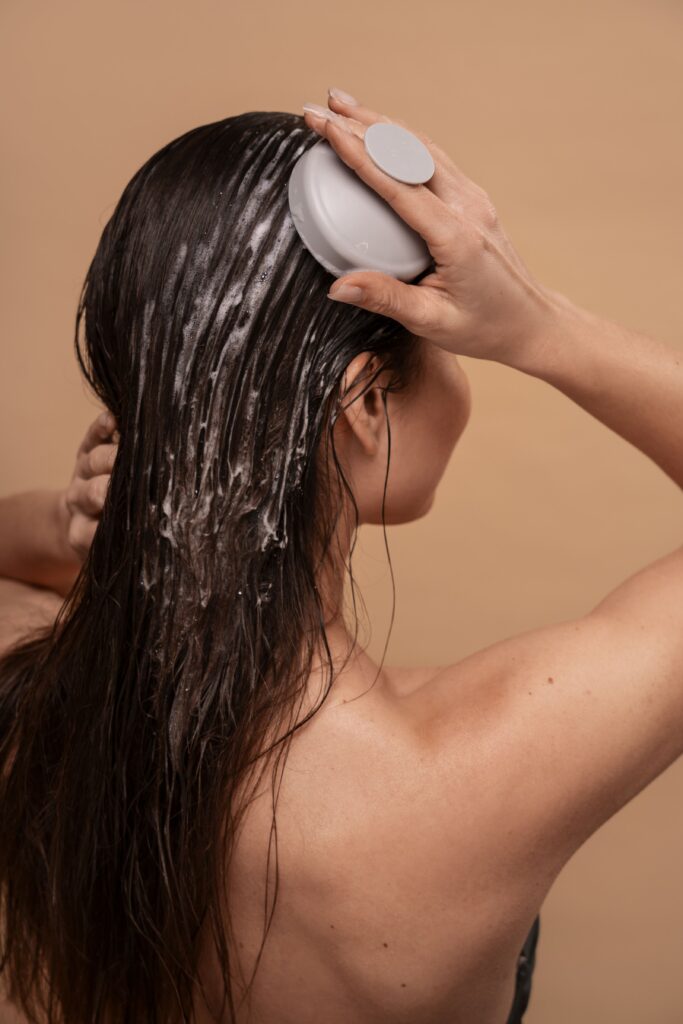
What Are The Most Common Myths About Henna for Hair Dye
Despite its many advantages, henna is often misunderstood. Let’s clear up some common myths:
“Henna only works for red hair.” While pure henna creates reddish tones, it can be blended with indigo or other natural ingredients to achieve brown, black, or even golden shades.
“Henna is messy and inconvenient.” Yes, it takes longer than box dye, but the process becomes easier with practice—and the results are worth it.
“Henna damages hair.” This couldn’t be further from the truth! Unlike chemical dyes, henna strengthens and conditions the hair.
By debunking these misconceptions, I hope to inspire more women to embrace henna dyed hair as a natural alternative.

Why Should You Try Henna for Hair Dye?
Switching to hair coloring with henna has been a transformative experience for me. Beyond the physical benefits, it’s helped me feel more connected to my natural beauty and empowered to make healthier choices. If you’re tired of the damage caused by chemical dyes or simply want a more sustainable way to color your hair, I encourage you to give dyeing your hair with henna a try. Whether you’re covering greys or enhancing your natural color, henna offers a beautiful, eco-friendly solution that nourishes your hair from root to tip. Make sure you always use fresh henna, and follow the tips outlined above, so that you have a rich color that lasts long as well!
How to Use Henna for Hair Dyeing?
Using henna for hair dye is a straightforward process, but preparation and patience are key to achieving the best results. Start by ensuring your hair is clean and free from any oils or products, as this allows the henna to bind effectively to your strands.
Once you’ve prepared the henna paste (as detailed earlier), section your hair into manageable parts and apply the mixture generously, starting from the roots and working your way to the tips. Make sure every strand is evenly coated for consistent color.
After applying, wrap your hair in plastic wrap or a shower cap to keep the henna moist and warm, which helps activate the dye. Leave it on for 4 - 6 hours, depending on your desired intensity. Once the time is up, rinse your hair thoroughly with water until the paste is fully removed. Avoid shampooing for at least 48 hours to allow the color to deepen, revealing the rich, vibrant tones that only henna for hair dye can provide.
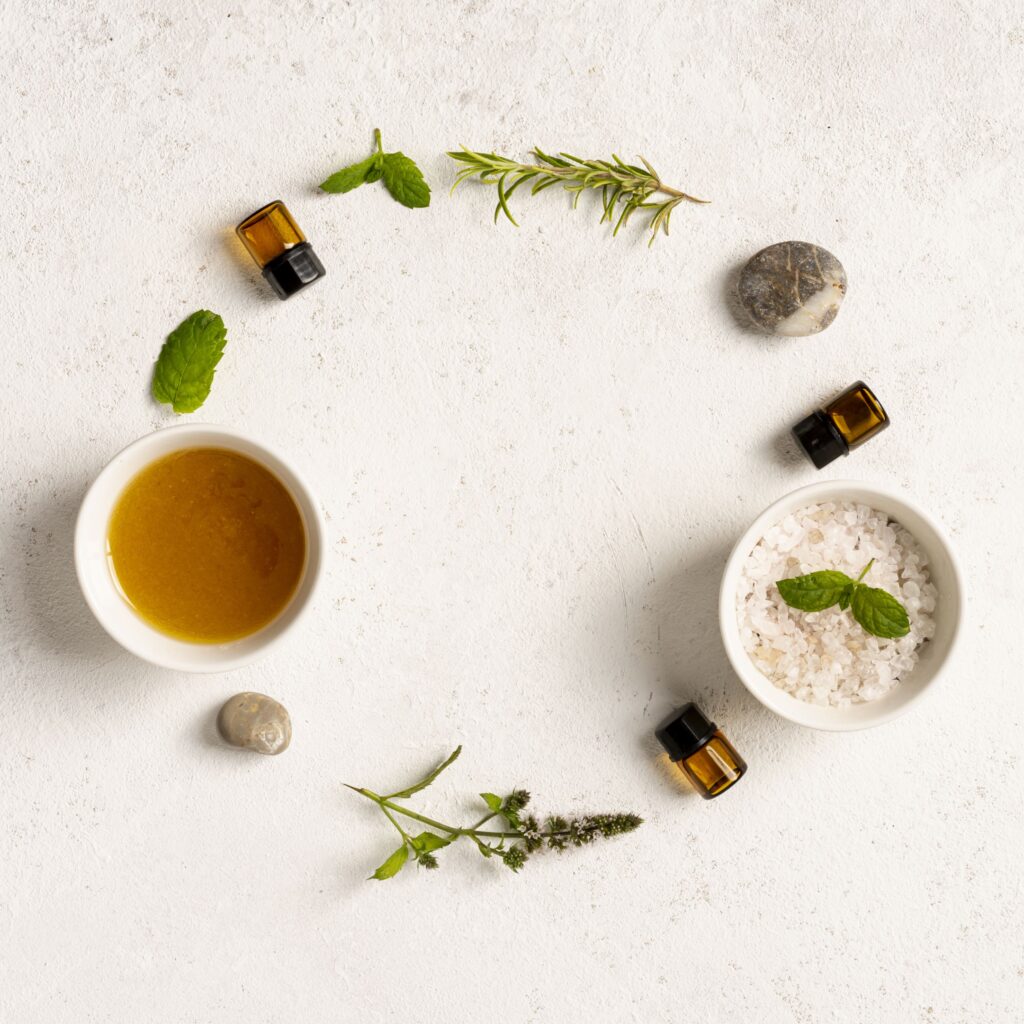
How to Make Henna for Hair Dye: A Step-by-Step Tutorial
Making henna for hair dye is a simple yet rewarding process that allows you to customize your color while enjoying the benefits of natural ingredients. Start by choosing high-quality, 100% pure henna powder - this ensures you get the best results without unwanted additives. For a single application, measure out about 100 - 200 grams of henna powder, depending on your hair length. Next, mix the powder with an acidic liquid such as lemon juice, orange juice, or apple cider vinegar. This acidic component helps release the dye and enhances the vibrancy of your final color. Add the liquid gradually until you achieve a yogurt-like consistency, smooth enough to spread easily but thick enough to stay in place.
Once mixed, cover the bowl with plastic wrap and let it sit for 6 - 8 hours at room temperature to allow the dye to fully release. You’ll know it’s ready when the top layer of the paste turns slightly darker. If you want to customize your shade, now is the time to add additional ingredients. For example, mix in indigo powder for a brown or black tone, coffee for a rich brunette hue, or chamomile tea for a softer golden tint.
Before applying, you can add a small amount of conditioner or coconut milk to the paste for extra moisture and easier application. This tutorial will guide you in creating a customized and effective mix of henna for hair dye, giving you stunning, natural results without harmful chemicals.
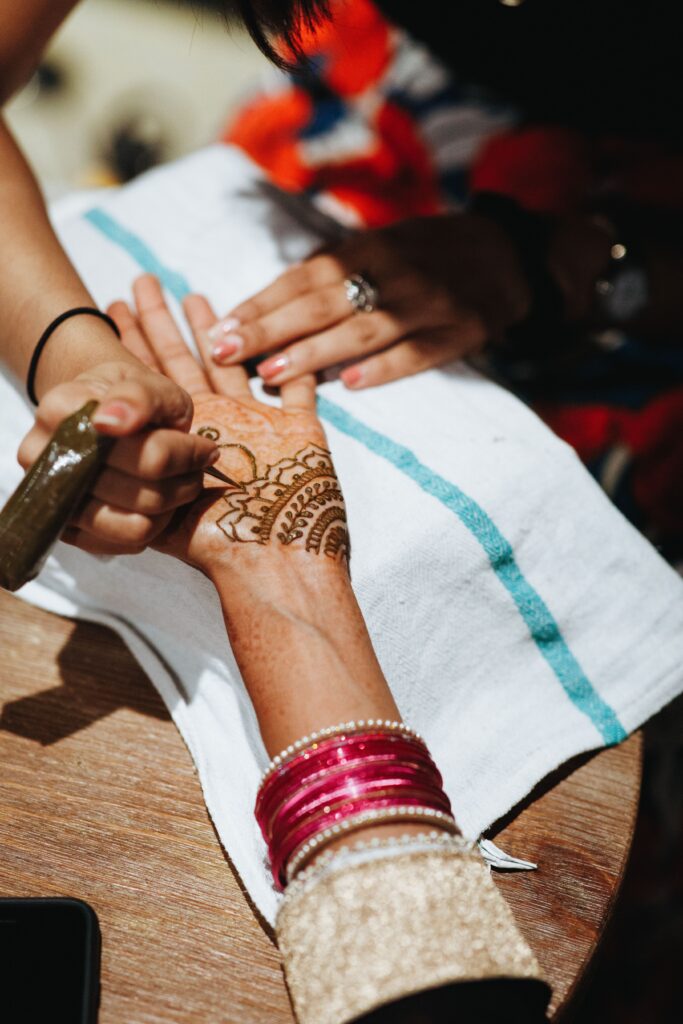
Disadvantages of Henna for Hair Dye
While henna for hair dye offers numerous benefits, it’s important to understand its potential drawbacks to ensure it’s the right choice for you. One of the most common concerns is that henna can be time-consuming. From mixing and waiting for dye release to the lengthy application and setting process, using henna requires more patience compared to conventional box dyes. Additionally, the color results are semi-permanent and may not fade completely, meaning you’ll need to commit to the shade or let it grow out over time.
Another disadvantage is that pure henna typically imparts a reddish tone, so achieving other colors often requires mixing with additional ingredients like indigo or amla. This can make the process more complicated for beginners. Henna for hair dye is also less predictable on previously dyed or bleached hair, as it can react with residual chemicals and produce unexpected results.
Lastly, henna can be drying for some hair types, especially if used frequently without conditioning. The gritty paste can also be messy to work with and may stain skin, clothes, and surfaces if not handled carefully. Despite these drawbacks, many users find the benefits of henna for hair dye outweigh the challenges when seeking a natural, non-toxic alternative.
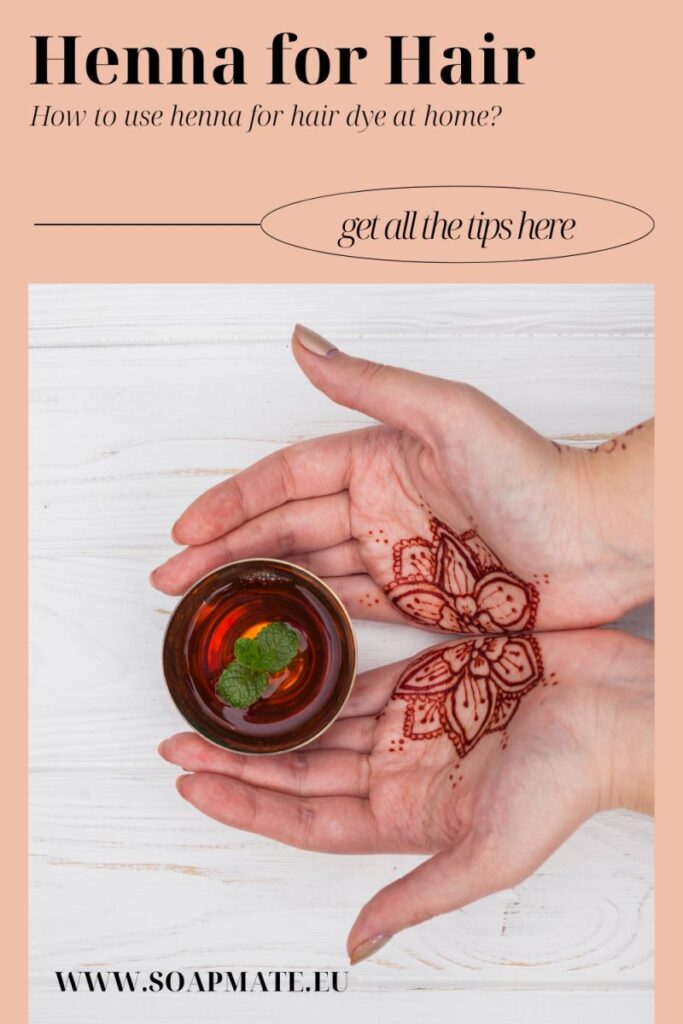
This article was all about why and how to try henna for hair dye. Following these tips will make sure you have a safe and long-lasting color when using henna dye. Let me know if you have any questions or extra tips on the ways to apply or use henna for hair dye in the comments. If you want to learn how to make a hair clarifying shampoo, in order to preserve your henna dye for longer, make sure to check out this article. If you want to learn how to make your hair naturally darker, you can also follow the steps here and learn how to make a darkening soap for grey hair.
